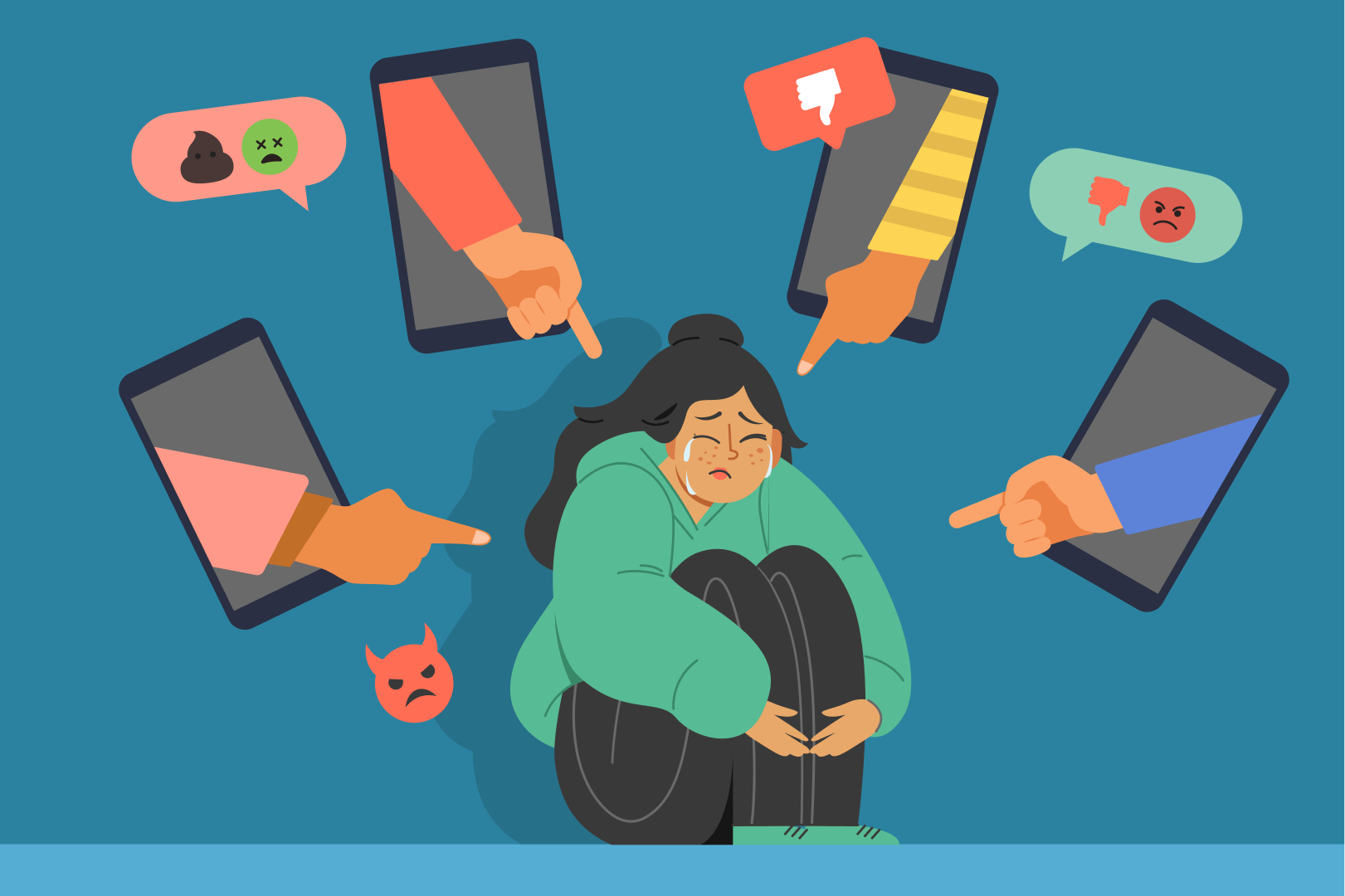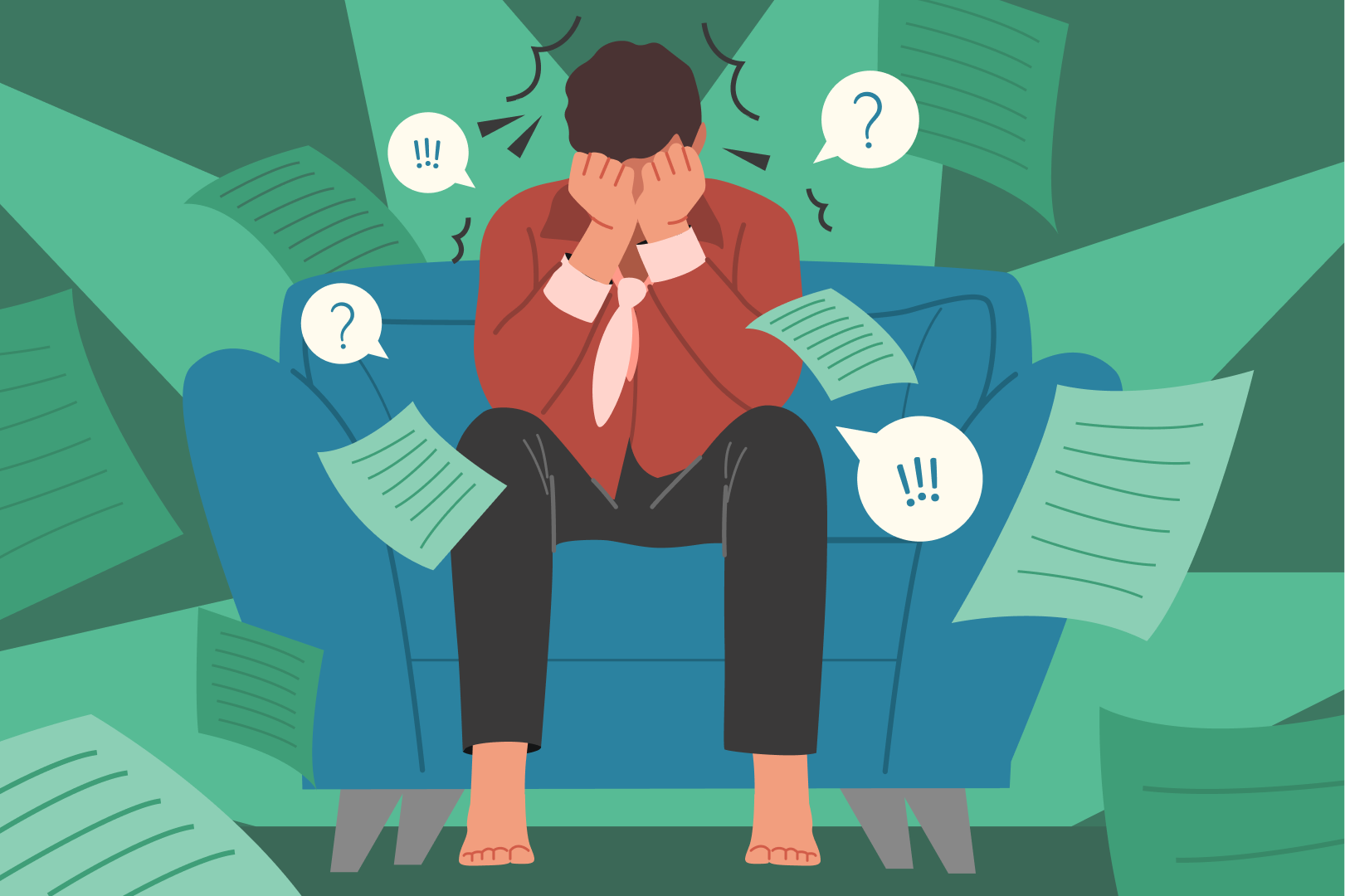What is social media?
Social media refers to any digital platform, system, website or app that enables people to create and share content, and connect with each other. It can be a difficult to understand why your teenager uses social media so much. It might seem like they’re always online, and always distracted from the life in front of them. Social media is a way for teenagers to stay in touch with their friends. Teens have always talked after school, long before social media – hanging out at the bus stop, at the local park, chatting on the phone – now they just have a different platform to do so.
A free site where registered users (aged 13 and up) can share pictures, links, videos, and other content with their ‘friends’. Friends are other registered users you have connected with within the network. Most of the time, anything you share will only be seen by the people you have ‘friended’. Facebook changes it’s privacy settings regularly so it’s important to stay up-to-date with their settings and policies.
A free image sharing service that is used mainly on mobile devices. On Instagram, it’s common to connect with people you don’t know but share common interests with (for example, Taylor Swift). You can have a public account or a private account where only friends can see your posts. Instagram also has their own privacy settings to stay up-to-date with.
- Snapchat
A mobile phone messaging application that allows you to send video or picture messages to one or more people at a time. The messages are only viewable for a few seconds at a time, as determined by the sender. However, there are ways of saving the images using other phone functions.
- Tumblr
A blogging website where people can publish their own articles and share it with people who follow their blog or profile. They also view the content of people they follow. On Tumblr, it is more common to connect with people you don’t know in real life than people you do.
- WhatsApp and messaging services
WhatsApp and messaging applications let you contact friends using internet data (or wifi) instead of your mobile carrier, which reduces the cost of messaging. It can be used without a sim card if connected to a wifi network. It is popular because it allows you to send messages to a group of friends at one time.
- Other games and sites
YouTube, Club Penguin, or online games like World of Warcraft are also considered social media because of the way they enable social interaction.
Social media is a way for teenagers to stay in touch with their friends. Teens have always talked after school, long before social media – hanging out at the bus stop, at the local park, chatting on the phone – now they just have a different platform to do so.
It is an important part of socialising and connection in the modern world. Teenagers and social media use is increasing, the main reasons teenagers regularly use social media include:
Talking to friends
Joining in on group conversations
Learning about current events and staying up to date with online content
Meeting new people
Not having anything to do, or feeling bored
Feeling like they might miss out if they aren’t always up to date with social media.
Being socially connected is very important for the psychological development of your child, and in this day and age, the online environment is where they get a lot of this. By connecting with others through social media, your child could:
Develop better social skills
Feel less isolated
Learn about new cultural and societal ideas and issues
Bond with their friends
Have fun
Be creative and share their own ideas with friends
Be better equipped to be active citizens in society
Develop real world skills to help them become more independent
Learn about world events and current affairs outside of their immediate environment.
Like any form of social engagement, social media comes with risks. Some of the most common risks include:
Spending too much time online and being disconnected from the real world
Being the victim of online bullying
Damaging your online reputation
Having your personal information shared online
Being harassed or annoyed by someone you do not want attention from
Being the victim of an online scam
Having reduced self-esteem (for some teenagers).
Just like in the offline world, there are things you can do to protect your child from these risks. It’s important to prepare them for how to respond if these things do occur.
Sometimes teenagers can feel a ‘compulsion’ to check their social media accounts frequently, but this is generally only in extreme cases. Helping your teenager to develop positive habits like taking regular breaks from checking social media, and making sure notifications are turned off so that their mobile device isn’t distracting can help reduce the compulsion to check in with social media so often.
Whatever your child is doing, it’s important to be aware of their behaviour and their wellbeing. If you notice big changes in:
Their energy levels and enthusiasm for offline life
Their engagement in normal conversation
The amount of time they spend doing other activities, like sport, homework, and other hobbies
Their self esteem and sense of self worth,
Then it might be good to talk to them about their use of social media. A family screen audit can help you figure out the household rules around screen use.
Other than being online,the way to help children build healthy self-esteem is to get them involved in something that they’re interested in. It could be sports or music or taking apart computers or volunteering—anything that sparks an interest and gives them confidence. When kids learn to feel good about what they can do instead of how they look and what they own, they’re happier and better prepared for success in real life.
Managing social media risks for children and teenagers
Talking about social media use
Talking is the best way to protect your child from social media risks and ensure their internet safety. Talking gives you the opportunity to help your child:
work out how they want to treat other people and be treated online – for example, you can encourage your child to make only positive comments
understand the risks involved in using social media – for example, your child might be tagged in an embarrassing photo taken at a party
learn how to navigate the risks – for example, if your child posts an identifiable selfie, they can reduce risk by not including any other personal information
learn what to do if people ask for personal details, are mean or abusive online, post embarrassing photos of your child, or share information that links back to them.
Finding out more about social media
Social media platforms and functionality are always changing so it’s a good idea to keep up to date with the social media your child uses. You could ask your child what platforms are popular and which ones your child likes. You could also get your child to show you how they work.
Thinking about age recommendations
Many social media platforms have age restrictions, which often aren’t enforced. It can be tricky if your child’s friends are using social media platforms before they’re old enough and your child wants to do the same.
If you want your child to wait, here are some options you could think about:
Could you compromise? What if your child uses a family social media account until they’re old enough for their own? This could give your child a way to connect with friends with your help to navigate social media.
Could your child use a child-friendly social media platform, like YouTube Kids or Messenger Kids? These have stronger safety settings and age-appropriate content.
Social media is becoming increasingly embedded in apps, games, websites and even learning environments, so it’s hard to ban, even for younger children. And if you ban social media, your child might be more tempted to check it out when they’re away from home. This means you miss the opportunity to teach your child how to navigate social media risks and behave respectfully on social media.
Internet safety for teenagers is about identifying and managing risks and also protecting your data and privacy.
Help them with effective coping mechanisms: When used as a way to cope with sadness, social media can quickly negatively affect a teen and leave them feeling even more empty, or envious, or frustrated. Effective coping mechanisms should help a teen overcome or adapt to their troubles, rather than providing escapism. Hobbies that help a teen improve themselves mentally or physically, meditation and spiritual activities, long walks alone or time spent with a therapist – these are methods that help a person effectively cope with issues by becoming outlets for stress and helping them find a healthy perspective with which to tackle their problems.
- Manage their screen time: The internet should be used as a tool, with online media as a source of entertainment or information. But when online media becomes what your teen preoccupies themselves with at almost every hour of the day, they become simply unable to think about, or focus, on anything else. How is a person expected to do anything in the real world when their hands and thoughts are on screens and online? As intertwined as our lives have become with the internet, many teens struggle to balance that with the responsibilities and challenges of living. Managing a teen’s screen time and encouraging them to do so on their own, for their own health and future, is critical.
- Encourage continued treatment after recovery: treatment options for social media addiction may help a teen in the short-term, but it’s important to follow up and encourage them to continue seeking help for their problems, or encourage them to seek out help the next time they feel that they’re slipping, or struggling with certain emotional problems.
Setting up social media guidelines
Some written guidelines about social media can help your child get the benefits of social media while using it responsibly, respectfully and safely. This agreement could be part of a family media plan. If these guidelines include your social media use as well as your child’s, you can be a positive role model.
Here are some things your guidelines could include.
Using social media
This might cover basics like:
When it’s OK to use social media and how long your child can spend on social media
Whether it’s OK to use social media during homework time, family meals and so on
Where it’s OK to use social media – for example, only in family areas of the house, not bedrooms.
Posting content and comments
It’s important for your child to agree to:
Not uploading or sharing inappropriate messages, images and video
Showing respect in posts and when sharing content – for example, if it’s not OK to say or do something face to face, it’s not OK online
Seeking consent before posting images of others.
Protecting privacy
It’s a good idea to go through social media privacy guidelines and settings with your child.
Your child can protect their privacy by agreeing to:
Not share personal information like phone numbers, location and date of birth with strangers online, or with people they don’t know personally
Not add personal details like phone numbers or date of birth to private profiles
Regularly check privacy and location settings, especially on mobile phones
Keep passwords and log-in details private and not share these with friends
Log out after using public computers
Disable features like posting to multiple social media sites at once.
Staying safe on social media
Safety essentials for your child include:
Blocking and reporting people they don’t know or people who post upsetting comments or content
Not clicking on pop-ups – some pop-ups that seem safe can lead to pornography sites or ask for personal or financial information
Accepting friend requests only from people whose identity they know
Taking screenshots of concerning things they see online, and talking to a trusted adult about them.
Being on social media can be a really positive experience for you and your teenager. Here are some ways you can demonstrate positive online behaviour and encourage your teenager to do the same.
Lead by example
Learning how social media works, and engaging with it in a positive way, is a great way to show your child what is and isn’t okay to do online. Here are examples of positive online behaviour that you can model for your child.
Keep your own privacy settings up-to-date and show your children how to stay on top of theirs
Think before you post. Ask yourself if your comment is constructive before you post.
Don’t hide behind your profile picture. Social media is not anonymous. Your online reputation will stay with you for a long time. If you wouldn’t say something to someone’s face, don’t say it to them online.
Give yourself a ‘rule’ about who you connect with on social media, and who you do not. For example, if you would stop and say hi to them on the street, you will add them as a Facebook friend. This helps to demonstrate boundaries in the online world.
Find topics your family are interested in and talk about it. Take the conversation online by commenting on a group or page about the topic, and show your children how to connect with others safely and respectfully on issues that they care about.
Demonstrate respectful conversations online. Show your child that some people may have different opinions to you. Treat people with the same respect you would give them face-to-face and report troll-like or bullying behaviour instead of engaging with it.
Being ‘friends’ with your teenager online
Being friends with your teenager on social media can be a very positive thing. It can help you demonstrate positive behaviours online, and creates a shared experience. When ‘friending’ your children online, there are a few things to keep in mind:
This is a personal social space. Just like when they hang out with their friends offline. Try to give them space and privacy by not liking or commenting on every single thing they post online.
Talk offline about their online behaviour. If something happens on your teenager’s social media page and you feel like you need to step-in, do it offline. Commenting on social media about personal issues is not really appropriate, and won’t encourage trust and respect in your relationship. Instead talk in person about what happened online and how they could react or respond in a more positive way.
Your teenager might not be showing you the whole picture. That’s okay. Young people are pretty savvy with technology, and they may have worked out how to block you from seeing some posts. It’s important that you respect their privacy, and have a chat with them if you feel that they are not being open or transparent enough.
Encouraging positive experiences
Social media is no longer an abstract space for computer whizzes, it is a parallel world where we are accountable and responsible for our actions. If you log-on and start abusing ‘Sharon’ the local news reader for wearing an ugly dress on the morning news, you’re showing your child that it’s okay to abuse people in the real world. Therefore, your responsible online behaviour should reflect the type of online behaviour you want your child to model.
You play an important role in helping your teenager understand the consequences of their behaviour online. You can help to do this by:
Holding them accountable for their actions online.
Treating cyberbullying as seriously as bullying in the playground. If you see your child participating in cyberbullying, trolling, or other anti-social behaviour online, talk to them face to face about their actions.
If your child is being bullied online, show them how to block the individual and report it offline, with their school or the police.
If you are friends with your children online, bring up things you have seen them engage with in the online space, to remind them that their online actions impact people in the real world too.
Have a conversation with them about how easy it is to link a profile back to an individual person, even if a fake name is being used.
Cyberbullying comes in many forms but the most common are:
Receiving intentionally hurtful text messages, emails or direct messages on social media sites
People spreading rumours or lies about someone online
People sending images or videos intended to humiliate or embarrass someone
People sending threats to someone
People setting up and using fake online profiles to embarrass or intimidate someone.
Bullying is a kind of behaviour that is designed to cause intentional harm. Cyberbullying can be even more distressing because of its very public and uncontrollable nature. For example:
There’s no limit to who can view or take part in cyberbullying
It can be very difficult to remove content shared online
Bullies can be anonymous
Content can be accessed through search engines
It’s hard for people to escape the bullying, especially if they use technology in their everyday lives. It’s suggested that young people can be more likely to bully someone online than they would in real-life, as they feel less accountable for their actions due to the nature of the online world.
Keep your teenager safe from cyberbullying
Only around 1 in 10 young people inform a parent or trusted adult of cyberbullying. Some reasons for this low number include embarrassment, fear of not being believed, fear of having the issue trivialised, or losing access to technology. Taking proactive steps to educate your child about what they can do about cyberbullying can be a good way to ensure they approach you for support when they need it.
The effects of cyberbullying on teenagers can range from:
Lower school attendance and performance
Increased stress and anxiety
Feelings of isolation and fear
Poor concentration
Depression
Decreased self-esteem and confidence
In extreme cases the cyberbullying can lead to suicide.
The effects of cyberbullying are similar to the effects of bullying, but the main difference is that it’s much harder to avoid, because it can follow your teen home from school and make them feel like they’ll never be able to escape it. Make sure your child knows it’s not their fault, they’re not alone, and that there are ways to deal with cyberbullying.
How to be proactive about cyberbullying
To be proactive about cyberbullying you can:
ensure that your child only friends and chats with people on social media that they know in real life
ensure that privacy settings are set on all your child’s social media accounts
make sure your child knows not to share or give out passwords
ensure that your child knows how to block, delete or report anyone who is upsetting them online.
How to prevent your teen from being cyberbullied
Educate yourself on cyberbullying and figure out the best way to address it– this will help you to be prepared if it ever occurs.
Chat to your teenager about sharing photos online, especially risqué ones. Explain that once they’re online they can lose control of who sees them pretty quickly and that can lead to name-calling and shaming unfortunately.
Remind them to ignore messages from people they don’t know. The internet can be a great place to make new friends but it is still super important to be extra cautious due to fake accounts and trolls
To ensure they are on private, you can google their name and if they have social media it will pop up on your search – if their accounts are on private you won’t be able to see any posts.
Make sure they know that cyberbullying is wrong and they shouldn’t do it. If you’re teenager engages in this sort of behaviour online it may open doors for people to think they have an excuse to cyberbully your child.
Get them engaged in offline activities. That way if something does happen online they have things to do that they enjoy.
Remember, the less time they spend on their devices, the less likely it is that they will be cyberbullied.
What to do if you know your child is being cyberbullied
There is no perfect strategy on how to solve cyberbullying, although, if you know your child is being cyberbullied, the first thing to do is to be supportive and empathetic. Make sure that they know it’s not their fault. Cyberbullying is serious and upsetting, so try not to minimise or trivialise the situation in order to make your child ‘feel better’. Avoid the temptation to stop your child going online at all; this will more likely result in them not telling you if it occurs again.
Ways to offer emotional support to your child include:
speak to your child and really listen to what they have to say. Thank them for opening up to you, and let them know that you want to put an end to the bullying.
never blame your child for experiencing cyberbullying. The way young people interact online may seem excessive to adults, but bullying is never the fault of the person being bullied.
acknowledge their feelings and don’t try to dismiss their experiences, even if it doesn’t seem like a big deal to you.
reassure them that there are people who can offer support, whether this is you, their teachers or other professionals and services.
if your child is distressed about the bullying, encourage them to speak to a mental health professional, or direct them to services that can help. This may be a school counsellor, or a service like Kids Helpline.
What to do if your child is being cyberbullied
Being bullied can leave a young person feeling like there’s no one out there who can offer support. If your child is being bullied online, one of the most important things is to reassure them that there are people who can help. You can report the incident to CyberBAAP. Cyberbullying can be a crime and you can file an online complaint to National Cyber Crime Reporting Portal.
National Cyber Crime Reporting Portal Helpline: 1930







